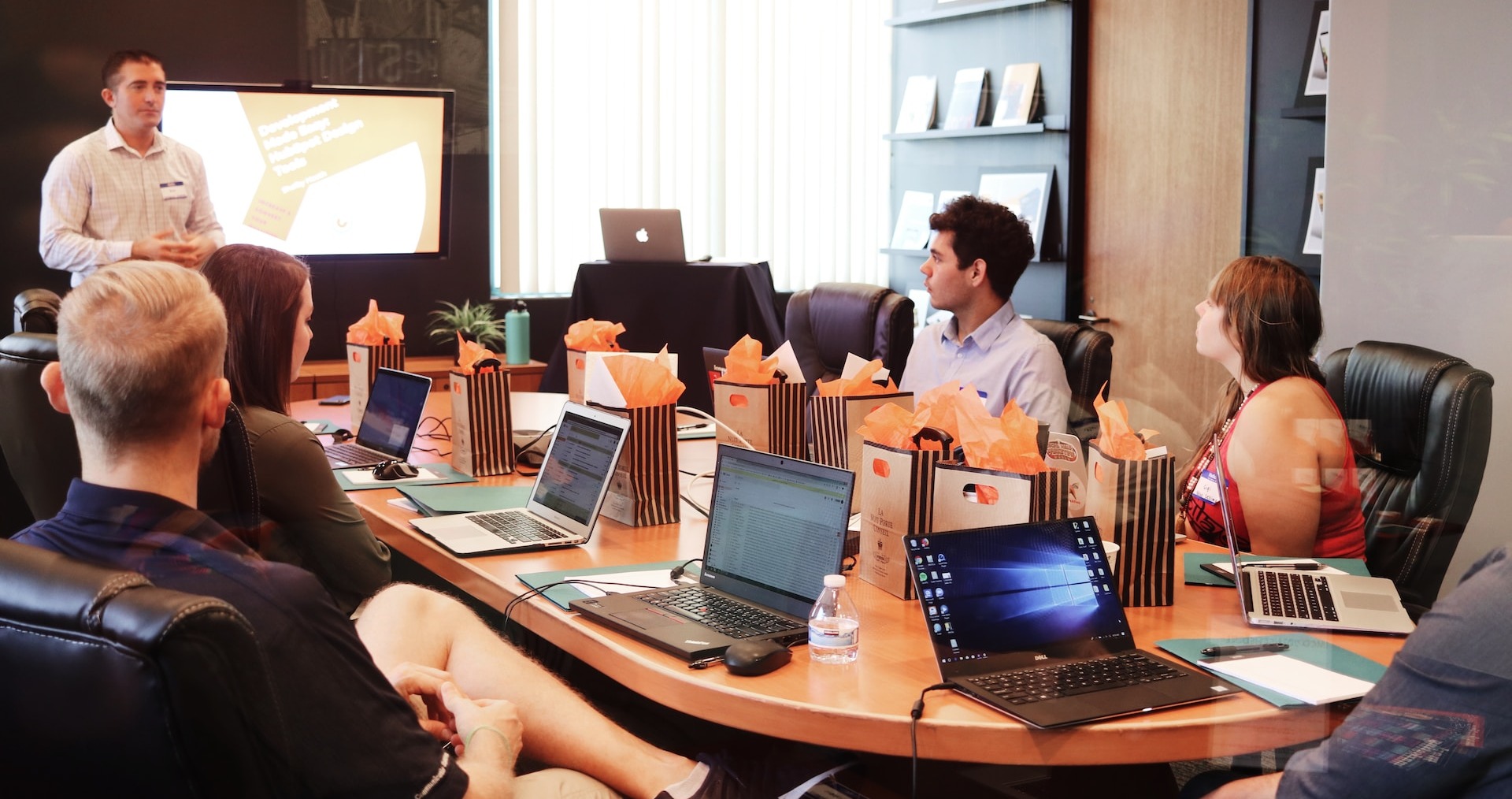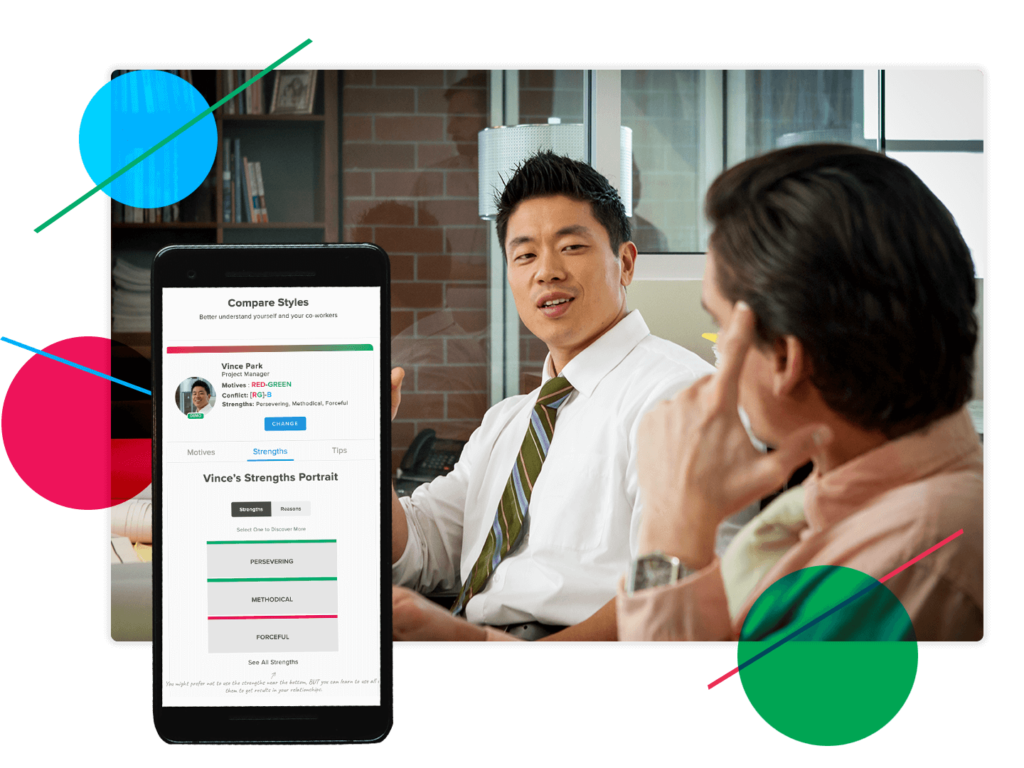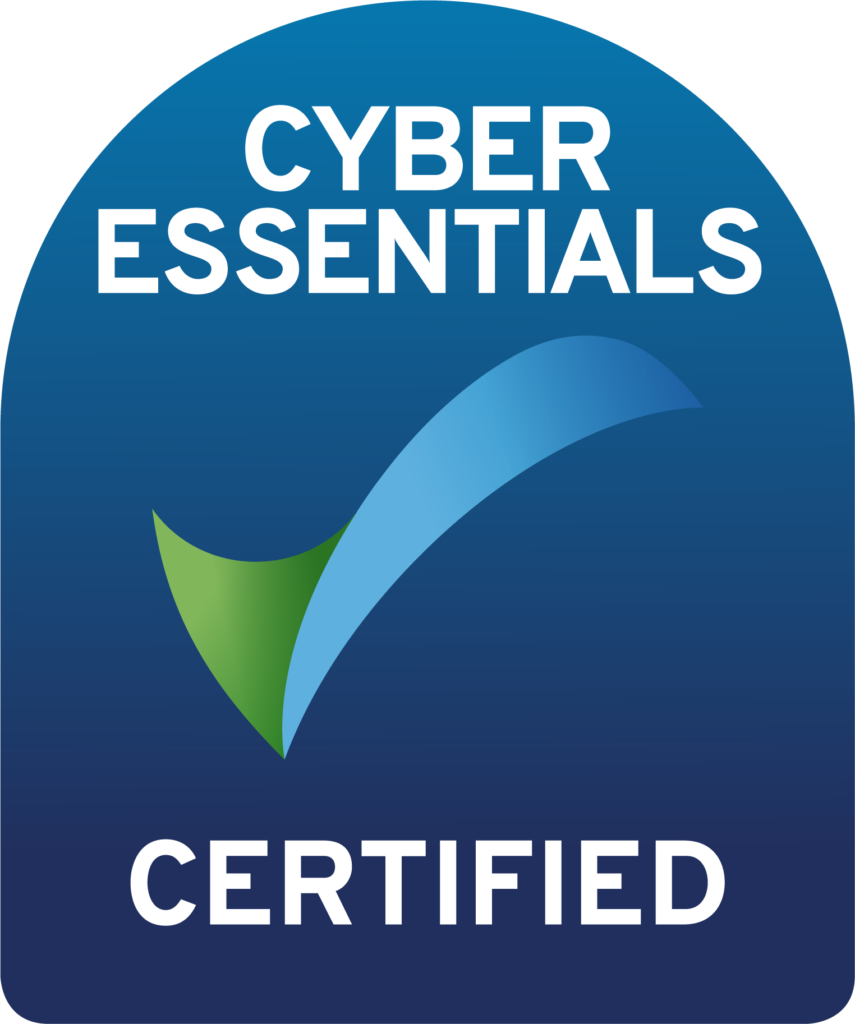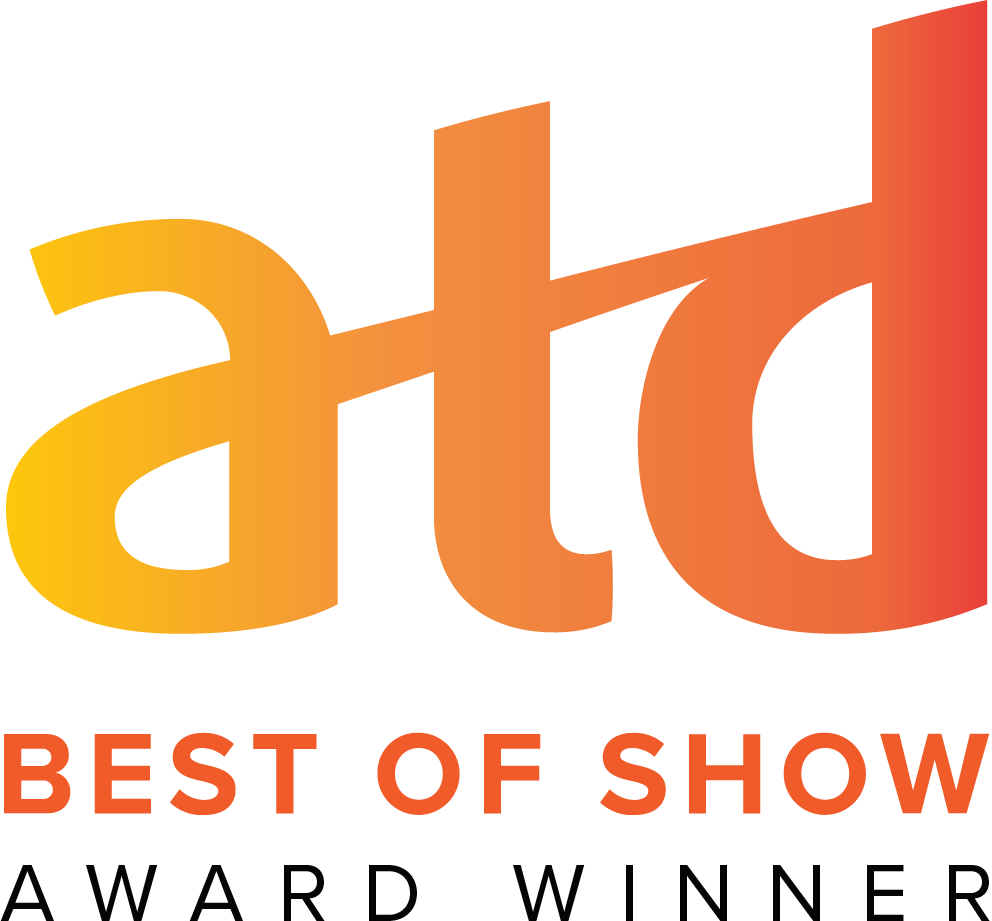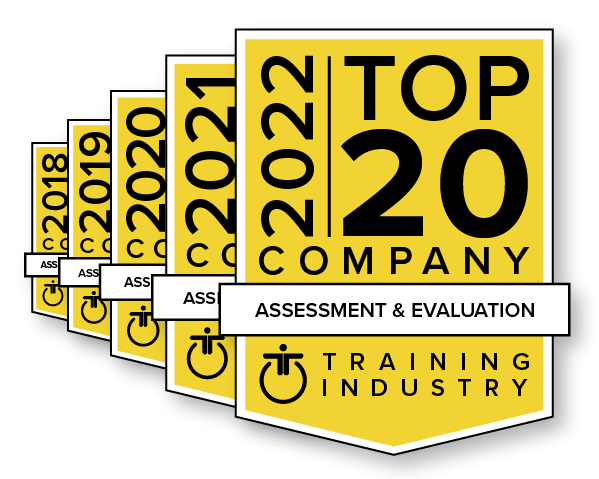It happens more often than we’d like to admit. Everyone gears up for a big training event—the participants are hopeful and the facilitators are prepared. At the end of the day, there is energy in the room, notebooks filled with notes, new connections made, and people are ready to utilize what they’ve learned to make a difference.
But then a few days go by, a few weeks, and about six months later, nothing much has come out of the “big” learning day.
This happens for a multitude of reasons. It starts with how we prepare for the learning session, then, more importantly, it succeeds or fails based on how we incorporate learning into our work going forward.
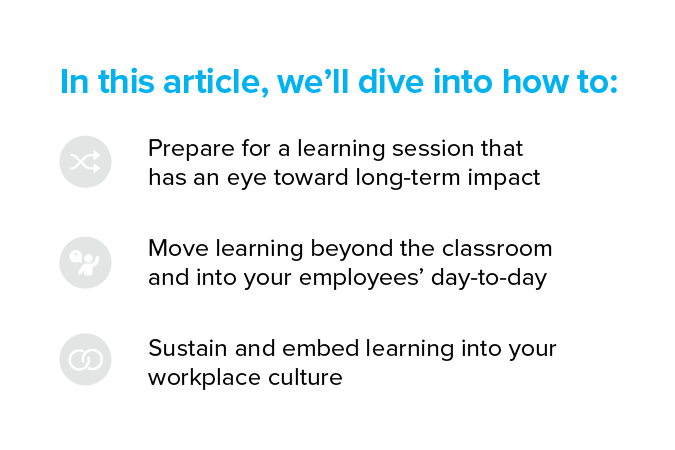
Learning Day: Does Your Preparation Include These Steps?
For any learning initiative to succeed, you have to know what the measure of success is to begin with.
Before planning any learning session, the first step is to clearly identify the purpose and objective. To do this, it’s best to meet with the sponsor of the learning as well as the managers of the teams you will be providing training to.
Often, stakeholders or leaders think they know what their employees need to be taught. But helping them focus on what outcome they want and identifying gaps may be a better approach to defining the purpose.
- Be willing to challenge what stakeholders want for the sake of a more impactful learning experience. Ask questions to be curious.
- Be genuinely interested in them and their challenges. Actively listen with the intent to understand and learn.
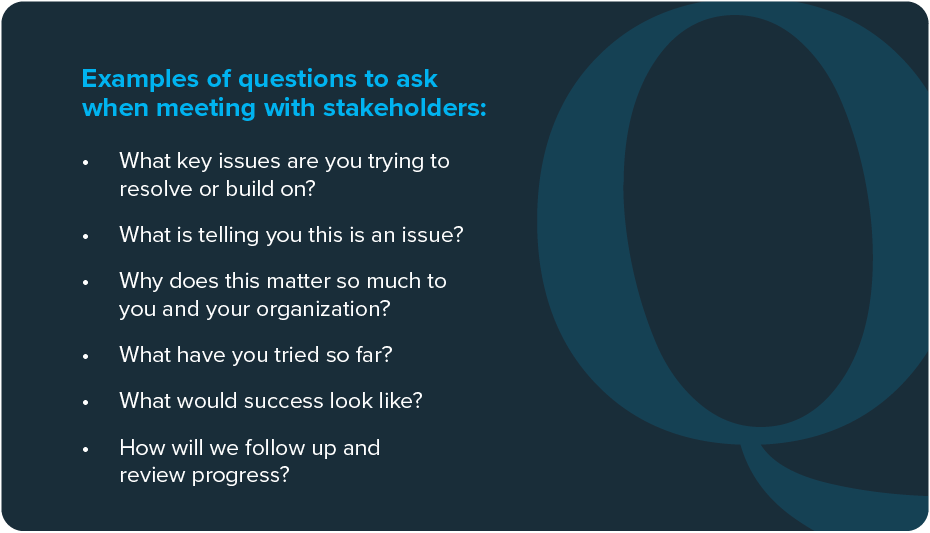
During and after the content is being developed, consider your classroom management and set-up, and what you might do to keep things interesting and moving at the right pace.
First, are your sessions going to be in-person, hybrid, or remote? These each come with their own considerations for the set-up of the session.
If you’re considering (or need to) organize fully remote learning sessions, there are a few solid benefits. It is inclusive of remote employees and teams, reduces travel time and expenses, minimizes disruption to daily workflow (especially if using shorter, bite-size learning), and often increases speed of learning.
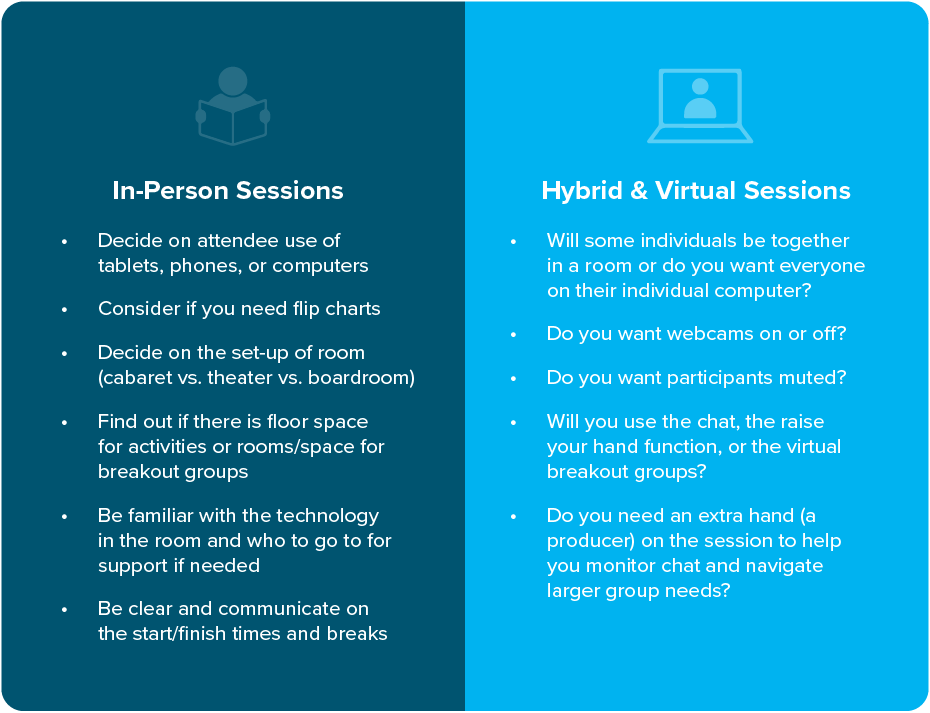
When it comes to the flow of your learning sessions, remember to vary the learner experience and keep things moving. We recommend using more activity, less instruction, creating opportunities for everyone to contribute – and always rehearsing and planning in advance. Consider:
- Creating a warm-up activity
- Using break out groups for more interaction and discussion
- Incorporating polls and video content
- Giving participants the opportunity to reflect, discuss, and agree on actions and follow-up
- Practice the introduction
Once you’ve solidified the purpose of the session and the flow, be sure to:
- Communicate with attendees on what the session is and what it isn’t—be clear about what you want the session to achieve and how/if it’s just the beginning of the learning initiative
- Define, agree, and communicate on how learning will be applied and embedded after the session
Most importantly, the facilitator should clearly tie together and communicate the intent of the learning and how it will impact the participants going forward—in a way that best resonates with the participants’ goals.
Ways to Move Learning Beyond the Classroom
The common downfall of workplace learning is that it typically happens in a classroom and then doesn’t continue into the flow of people’s daily work.
When we limit learning to a classroom, we see limited retention, lack of behavior change and skills development (which take time and practice), and little flexibility for evolving learning needs.
Instead, when we see learning as an ongoing process, not one-and-done, we have to consider what other opportunities are available—who is involved—and of course how to build on learning that happens in a classroom.
Every learning initiative should have a follow-up plan, and the plan can be decided upon up front with the stakeholders, but learners should also be involved in this step. The learners understand their typical day better than anyone and can come up with ways to be held accountable that fit in their flow.
Consider these different ways to continue learning after the initial session is complete:
- Individual and team coaching conversations
- Project team discussions
- Individual reading and/or research
- Online, self-paced modules or videos
In addition to the “official” ways to continue learning—we recommend honing in on learning in the context of relationships.
When it comes to behavioral changes, learning often happens in relationships with other people. This could be with colleagues and clients and through the manager-employee relationship.
Now, we’ve opened up the opportunities for learning when we see it as an ongoing process. Consider all of these as touch points that can help you build on classroom learning:
- Conversations with colleagues
- Conversations between manager and employee
- Client interactions
- Internal meetings
- Coaching conversations
- Individual reading or research
- Online, self-paced modules
- On the job, shadowing
- Feedback loops and guided reflection
How to Sustain and Embed Learning into Your Workplace Culture
To embed learning long-term, we need to move people through stages–from awareness (the initial workshop or training) to understanding, acceptance, and appreciation–and then we’ll start to see effectiveness.
To understand, accept, and appreciate, people have to use their learnings practically and on a day-to-day basis. So, how can we make sure that happens? One thing we know is that people are less likely to do things that feel like a chore. Most people are busy enough–if we want learning to be practically applied, it has to fit in the flow of their work.
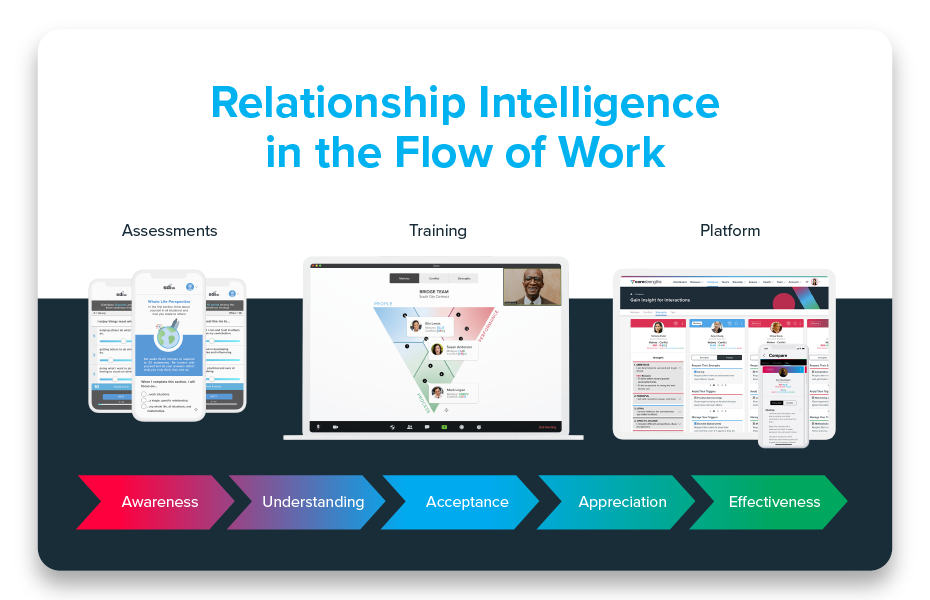
In the section above, we gave lots of examples of day-to-day interactions that could be learning touch points. Here’s a specific example of how learning can turn into practical application during a typical meeting or interaction:
Let’s say Patrick attends a training event about self-awareness. He learns about himself and his colleagues and how to better connect with them. Then, the following week, he goes into a meeting with a stakeholder–and he knows he’s supposed to apply his learnings from the week before.
Instead of having to dig out a 3-ring binder and refresh himself or try to recall multi-layered information, Patrick has a tool on his cell phone that allows him to view the information he needs to know about the other person in the meeting, and it gives him quick tips on how to make the meeting successful.
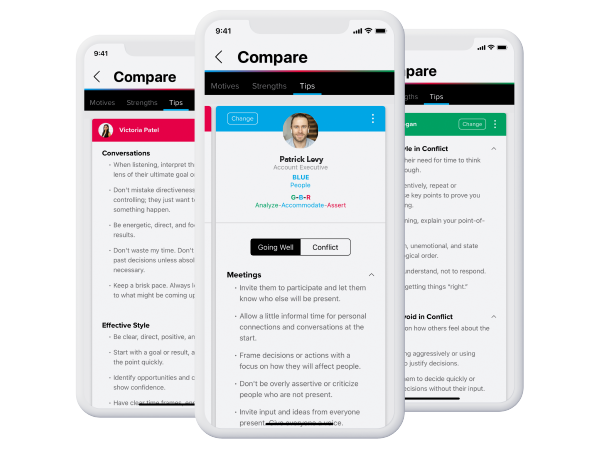
Since the information is available to him–in the moment–and he can look at it for a few minutes before, during the meeting, and even afterwards to reflect on how he did, he is much more likely to use it and apply it.
For example, Core Strengths’ digital tools give people instant tips in the flow of their work through access on their cell phones and through plug-ins on other applications, like Slack, MS Teams, and Zoom.
Now, if you multiply that—if every person in a meeting, on a team, or at a company, had a way to communicate and respond more effectively in the moment, the results would multiply, too. These types of tools can elevate the adoption and integration of learning across a company.
Learning leaders and managers who take this long-term approach to a training day, do the follow-through, and practical application will sustain and embed learning into their organizational culture.
